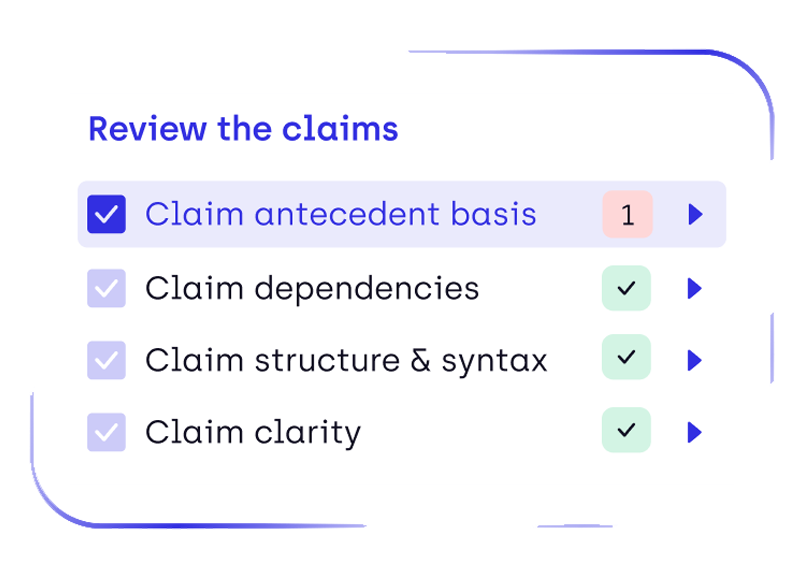The landscape of intellectual property (IP) law is experiencing an unprecedented transformation, driven by the advent of Generative Artificial Intelligence (GenAI). This technological revolution, eclipsing even the monumental rise of the internet, is rapidly altering the fabric of IP practices. For law firms specializing in IP, comprehending and leveraging GenAI's capabilities is not just beneficial; it's imperative for thriving in an evolving legal arena.
Attorneys-Machines: The Emergence of Symbiotic Relationships
The introduction of GenAI in IP law represents more than a technological advancement; it's a gateway to innovative practices. Traditionally, patent law has been labor-intensive, with significant resources dedicated to patent writing and office actions. These activities account for half of a firm's revenue and are dominated by human resource costs, which make up 90% of the total expenditure. GenAI's integration promises to dramatically reduce these costs and enhance operational efficiency, creating a symbiotic relationship between attorneys and AI technology.
Addressing the Practitioner Shortage
The journey to becoming a patent attorney is not only demanding but also expensive, requiring 7-10 years and an investment exceeding $200,000. This has led to a growing shortage of qualified professionals, influenced by factors such as a shrinking pool of junior professionals, appealing alternatives in the technology sector, economic uncertainties, and high education costs. This shortage is becoming increasingly problematic, as the demand for patent attorneys in the U.S. is expected to exceed 100,000 by 2025. The significant dependence on administrative and clerical duties exacerbates the difficulty. These procedures, filled with paperwork, communication, and manual data entry, are susceptible to errors and demand substantial resources.
By automating routine and time-consuming tasks, GenAI enables existing practitioners to concentrate on the more nuanced and intricate aspects of patent law, effectively bridging the gap between supply and demand.
Navigating Industry Financial Pressures
The financial landscape of the legal industry is under pressure from various fronts: clients demanding lower costs, competition from tech-driven IP service providers, and rising operational expenses. GenAI offers a beacon of hope in this scenario. By streamlining administrative tasks and reducing reliance on human labor, IP firms can combat shrinking profit margins and adapt to evolving billing practices, ensuring financial resilience and growth.
Closing Strategic Gaps and Restoring Margins through GenAI
GenAI is more than a tool; it's a strategic asset for IP law firms. Imagine reducing the time for drafting a patent from 40 hours to just four. This is the potential of GenAI. Such a reduction not only meets the burgeoning demand for patent services but also minimize operational risks and addresses the critical talent and knowledge gaps within the industry. GenAI's adaptability ensures that firms remain up-to-date with the latest patent laws and requirements, enhancing the quality of service provided.
The transformative power of GenAI extends beyond attorney roles, offering significant improvements in administrative operations within IP law. By automating tasks such as data entry and docketing, GenAI can cut the time spent on these labor-intensive processes by half. This not only enhances operational precision and efficiency but also plays a crucial role in mitigating execution risks and reducing error rates.
Proactively Embracing GenAI: Leading the Future of IP Law
The integration of GenAI into IP law practices is a critical step towards future-proofing the industry. This technological shift is not just an option but a necessity for firms aiming to stay competitive and profitable.
The transformation is not a question of “if” but “when”… In this rapidly changing legal landscape, firms that embrace GenAI will emerge as leaders, while those who delay risk obsolescence.




.png)




